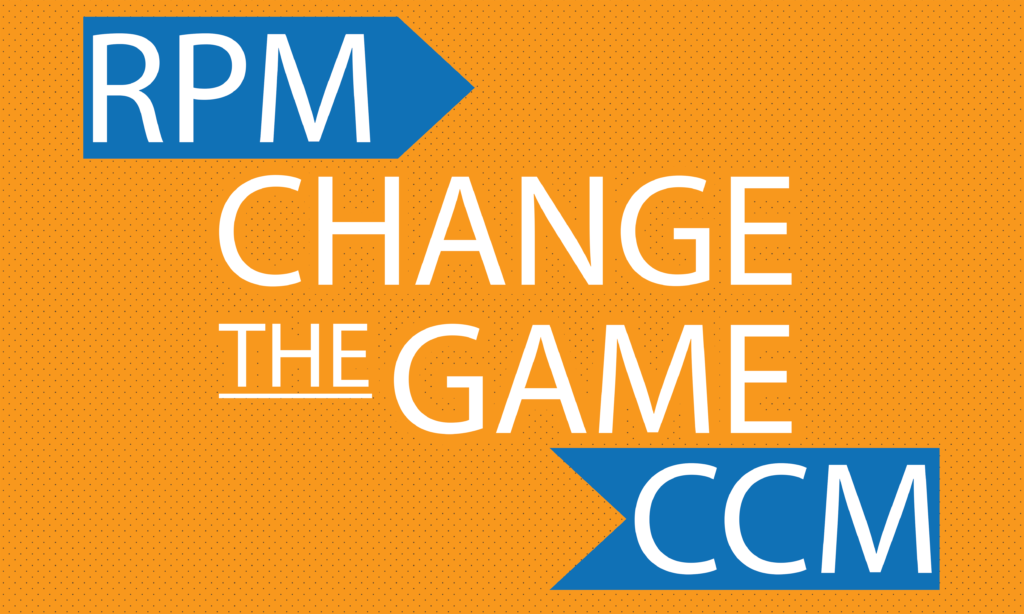Chronic diseases are the leading drivers in healthcare costs with many American adults with two or more chronic conditions. To drive down costs and promote better patient outcomes, the Center for Medicare and Medicaid Services (CMS) introduced Chronic Care Management (CCM) as part of its initiative to switch from a fee-for-service to a value-based payment model.
CCM is designed to provide multiple touch points during the crucial time in-between appointments to ensure compliance to care plans, adherence to medications, and proper coordination with other care providers. However, a key complementary element of CCM is Remote Patient Monitoring (RPM), which uses digital technologies to capture patient data and automatically transmit them in near real-time for clinicians’ review and physician intervention when needed.
How RPM Platforms Are Changing the Game
Though CCM and RPM are two distinct care models, they share similar goals, which are to improve patient outcomes and reduce costs. Both CCM and RPM enable timely interventions to prevent escalation that could lead to costly ER visits, readmissions, or hospitalizations.
During the pandemic, providers quickly embraced these innovative virtual care solutions, but now, they recognize its value as not just a safer and immediate alternative, but a more cost-effective solution that has yielded positive results.
Chronic Care Management (CCM) and Remote Patient Monitoring (RPM) are gaining a strong foothold in the healthcare system as virtual solutions that provide timely, proactive, and personalized care.
The perfect solution in chronic disease management is to synchronize care using CCM as the program and RPM as its efficient tool. The latter changes the game for CCM as it fills in the gaps in care and provides valuable aid to the care team in utilizing RPM data to enhance the delivery of care.
Incorporating RPM into Chronic Care
CMS acknowledges the efficacy of providing CCM and RPM in tandem and has allowed the two services to be billed concurrently, giving providers more billable codes that can be transformed into revenues.
With improved outcomes and a reduction in costs, incorporating RPM into chronic disease management is becoming a trend in healthcare. Both RPM and CCM are supported and being encouraged by big allies like CMS, the American Medical Association, and many other private payers, which only proves that these virtual care solutions are here to stay.
RPM has been widely used with optimal results in monitoring chronic conditions like diabetes, hypertension, congestive heart failure, and chronic obstructive pulmonary disease. It enhances CCM by capturing and sharing vital signs measurements and patient-reported insights with the care team, who reviews the trends so physicians can make timely interventions when needed. The care team also shares vital data, educational materials, and other kinds of support that help patients engage in their self-care.
How RPM enhances CCM
Here’s how RPM supplement the care CCM offers:
- RPM aids the care teams in risk stratification. Monitoring vital signs is critical so the provider can make timely changes to the trajectory of care. For example, care teams can see changes in blood glucose levels in real time enabling them to identify and recognize a patient’s risk status.
- RPM offers an efficient configuration of alerts. Clinicians can maximize patient data without the burden of rummaging through tons of vital signs readings. In doing so, clinicians need not pass on too much data to the physician, but only information in need of immediate attention.
- RPM boosts clinical efficiency. The solution enables the care teams to seamlessly coordinate care across the whole spectrum of the patient’s care providers.
- Promotes patient buy-in to their care plans and health goals. With many innovative RPM devices that are user-friendly, fully configured, and integrated with cellular capabilities, patients will be able to easily navigate the technology to self-monitor their symptoms.
- In tandem with CCM, RPM can mitigate social determinants and lifestyle choices. The perfect RPM technology will be far-reaching and provide access to underserved communities and those facing barriers to language, literacy, and technology.
- RPM provides additional revenue. Providers can now stack up RPM to CCM.
As RPM technology continues to advance in leaps and bounds, it is evident that it will be a game-changer for CCM. Various tech giants and startups are investing in the technology and expanding the long list of wearables and at-home devices that patients can leverage to self-monitor their symptoms. With Artificial Intelligence and Machine Learning automating and streamlining the processes, RPM data will prove to be an indispensable tool in managing chronic diseases.
Creating the most ideal pathway to care
Synchronizing care with CCM and RPM is the most ideal pathway to delivering care to a high-risk, high-cost patient population. It is an innovation that will stay and continue to innovate because it works in reducing costs and improving patient care.
Ascent Care Partners (ACP) offers turnkey CCM and RPM solutions to help primary care physician practices grow clinically and financially. We help practices address the high cost of building their own CCM and RPM programs by offering our processes, resources, and capabilities to effectively provide these billable services on their behalf. Our solution is full service. We offer to help you from patient enrollment to preparation of billing charges so you can get paid for the non-face-to-face services you are providing.



